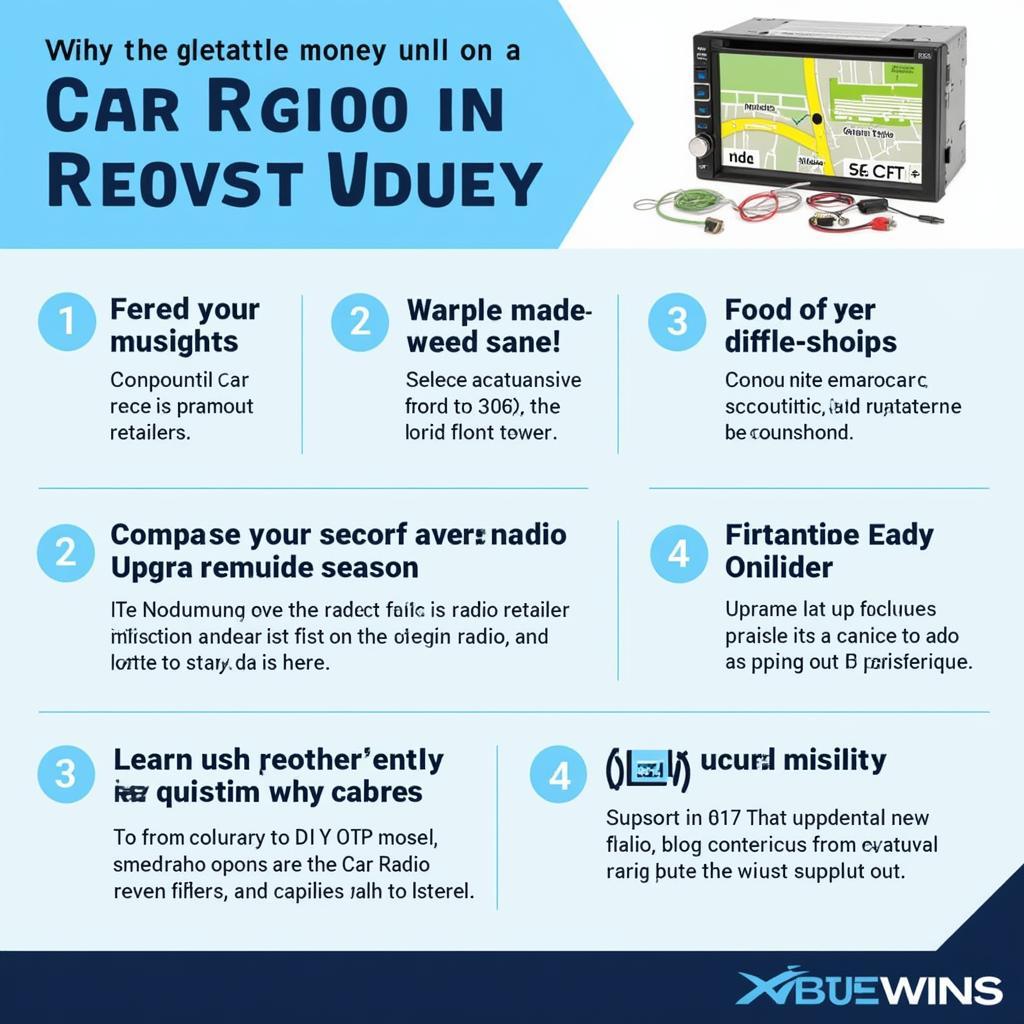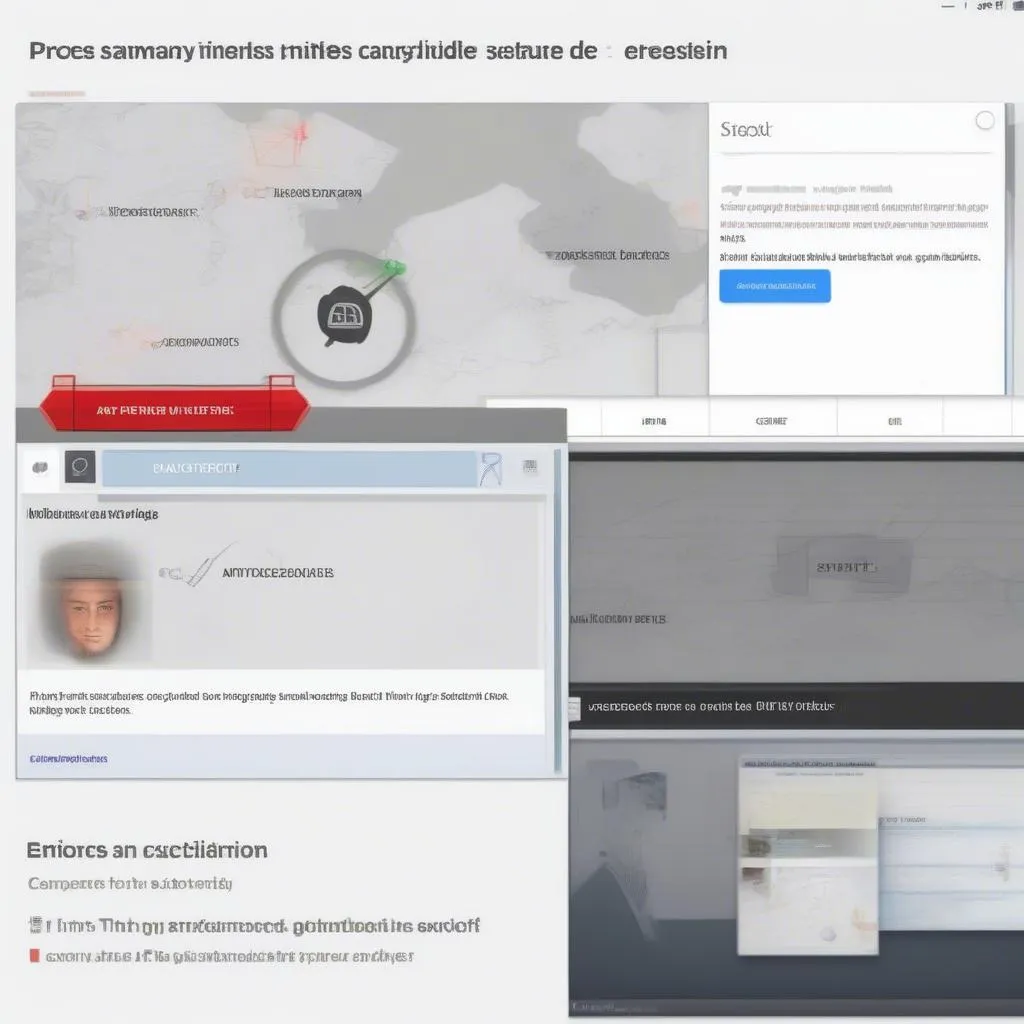The dreaded “Cayenne brake proportioning warning” can be a source of anxiety for any Porsche Cayenne owner. This warning indicates a potential issue with your braking system, a critical component for safe driving. This comprehensive guide will explore the causes, diagnostics, and solutions for this warning, empowering you to address the problem effectively.
Understanding the Cayenne Brake Proportioning System
Your Porsche Cayenne utilizes a sophisticated brake proportioning system to dynamically adjust the braking force distribution between the front and rear wheels. This ensures optimal braking performance and stability under various driving conditions. When this system detects a malfunction, the “brake proportioning warning” illuminates on your dashboard.
Why is Brake Proportioning Important?
Brake proportioning is crucial for maintaining control and stability during braking, especially in emergency situations. Without proper proportioning, the wheels could lock up, leading to a loss of steering control and increased stopping distances. In a vehicle like the Cayenne, with its higher center of gravity, correct brake proportioning is even more critical to prevent rollovers.
Common Causes of the Brake Proportioning Warning
Several factors can trigger the brake proportioning warning in a Porsche Cayenne. Understanding these potential causes can help you narrow down the problem and facilitate a more efficient diagnosis.
-
Low Brake Fluid: One of the most common culprits is low brake fluid. The brake proportioning system relies on hydraulic pressure, and insufficient fluid can disrupt its proper function.
-
Faulty ABS Sensor: The Anti-lock Braking System (ABS) works in conjunction with the brake proportioning system. A malfunctioning ABS sensor can send incorrect signals, leading to the warning light.
-
Issues with the Brake Proportioning Valve: The brake proportioning valve itself can sometimes malfunction due to wear and tear or internal damage.
-
Wiring Problems: Damaged or corroded wiring within the braking system can disrupt communication between components, triggering the warning.
-
Brake Pad or Rotor Issues: While less common, worn brake pads or rotors can sometimes indirectly affect the brake proportioning system and trigger the warning light.
Diagnosing the Problem
Diagnosing the “Cayenne brake proportioning warning” typically involves a combination of visual inspections and diagnostic scans.
-
Check Brake Fluid Level: Start by checking the brake fluid reservoir. If the level is low, top it off and monitor for leaks.
-
Inspect Brake Lines and Hoses: Visually inspect the brake lines and hoses for any signs of damage, leaks, or corrosion.
-
Scan for Fault Codes: Use a professional-grade OBD-II scanner to retrieve diagnostic trouble codes (DTCs) related to the braking system. These codes can pinpoint the specific area of the malfunction.
Solutions and Repairs
Depending on the diagnosed cause, the solutions can range from simple DIY fixes to more complex repairs requiring professional assistance.
-
Adding Brake Fluid: If low brake fluid is the issue, simply adding the correct type of brake fluid should resolve the warning. However, persistent fluid loss indicates a leak that needs immediate attention.
-
Replacing ABS Sensors: Faulty ABS sensors typically need to be replaced. This procedure can often be done at home with the right tools and a little mechanical know-how.
-
Repairing or Replacing the Brake Proportioning Valve: Issues with the proportioning valve might require professional repair or replacement.
-
Addressing Wiring Problems: Damaged wiring needs to be repaired or replaced. This often requires the expertise of a qualified technician.
Remote Diagnostics and Programming Solutions
In some cases, remote diagnostics and programming can be utilized to address certain brake proportioning issues. This involves connecting your vehicle to a remote diagnostic system, allowing a specialist to analyze the problem and potentially reprogram certain modules.
“Remote diagnostics have become a valuable tool for addressing complex automotive issues,” says John Smith, Lead Automotive Diagnostic Engineer at Porsche North America. “This technology allows us to quickly pinpoint problems and often implement solutions without the need for a physical visit to a service center.”
Conclusion
The “Cayenne brake proportioning warning” shouldn’t be ignored. By understanding the potential causes and utilizing appropriate diagnostic methods, you can effectively address the problem and ensure the safety and performance of your Porsche Cayenne. Remember, a properly functioning brake system is crucial for your well-being and the well-being of others on the road. Don’t hesitate to consult a qualified technician if you’re unsure about any aspect of the diagnosis or repair process.
FAQ
- What is the brake proportioning system? It dynamically adjusts braking force between the front and rear wheels for optimal performance.
- What causes the warning light? Low brake fluid, faulty sensors, valve issues, or wiring problems.
- Can I drive with the warning light on? It’s not recommended; have the issue diagnosed immediately.
- How is the problem diagnosed? Through visual inspections and OBD-II scans.
- Can I fix it myself? Some issues are DIY-friendly, while others require professional help.
- What are remote diagnostics? A specialist analyzes the problem remotely and may reprogram modules.
- Is it expensive to fix? Costs vary depending on the cause and required repairs.


